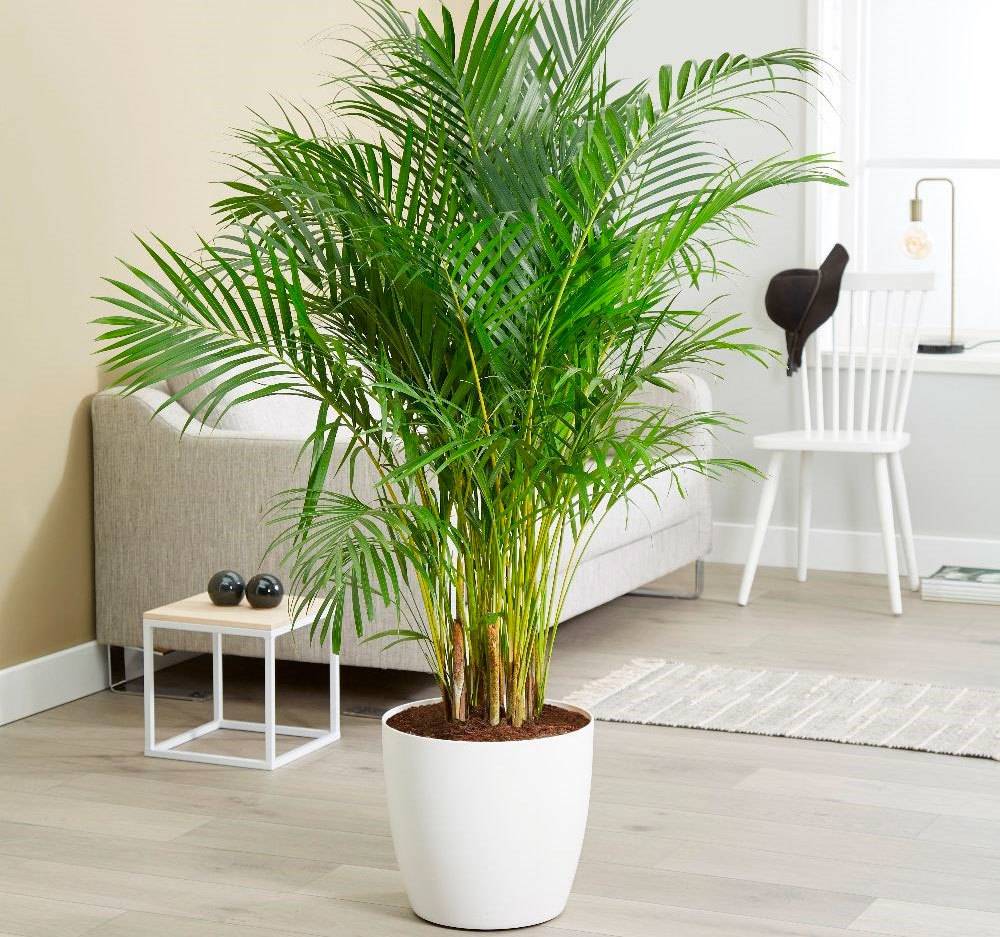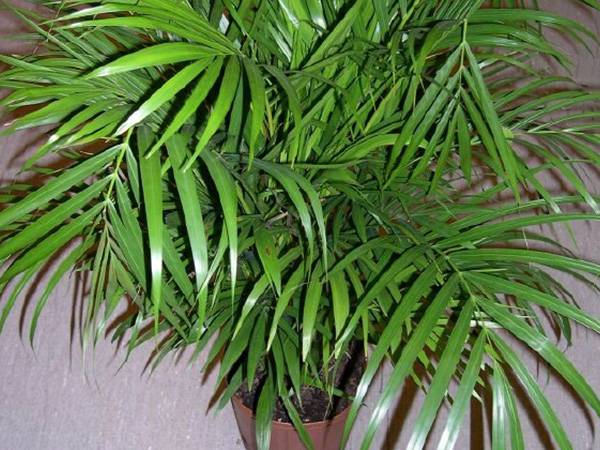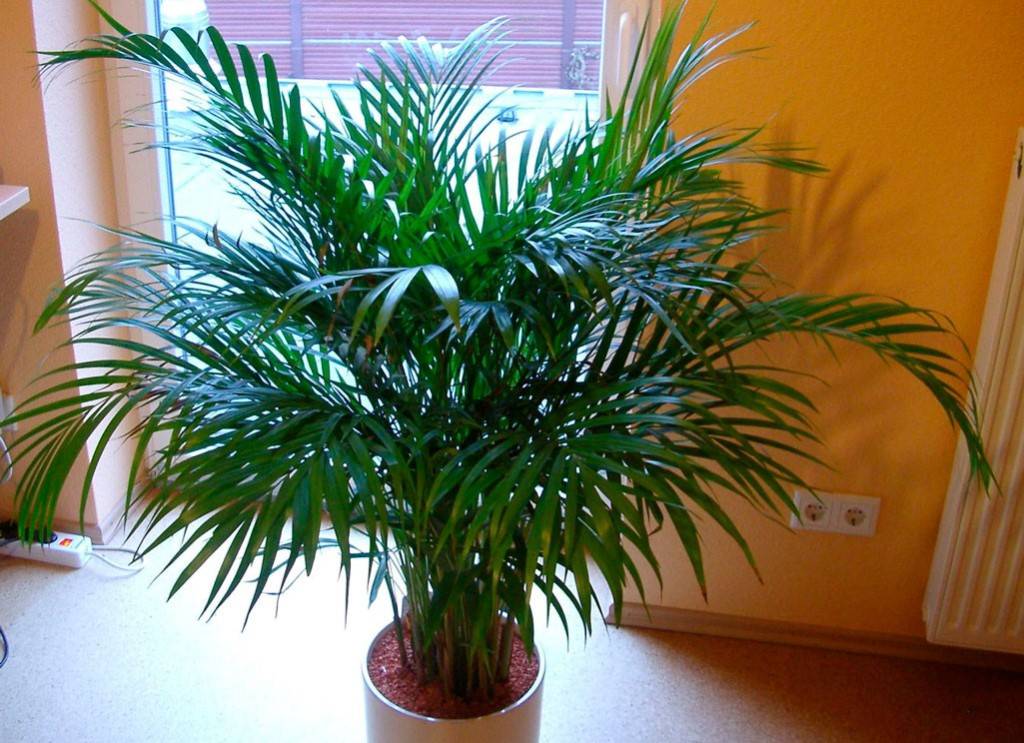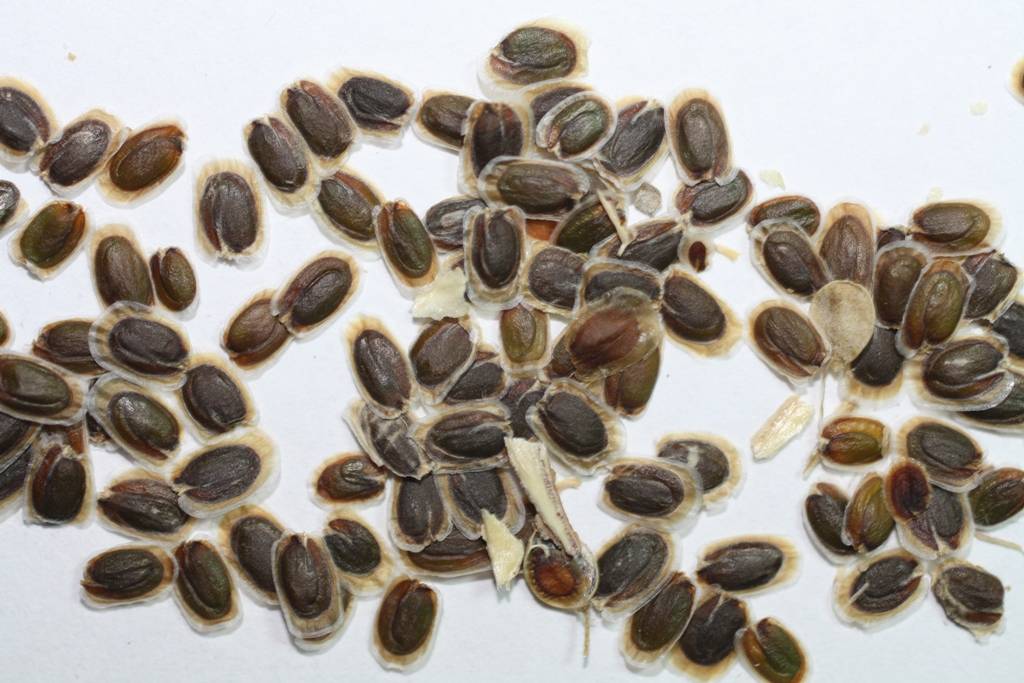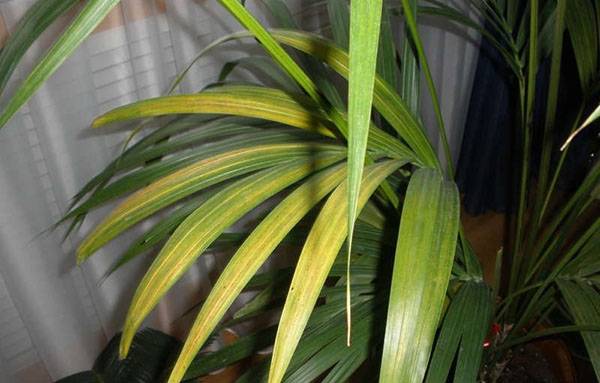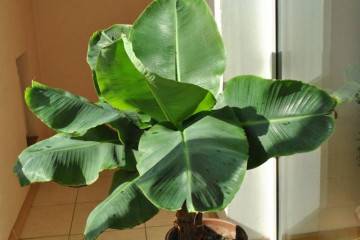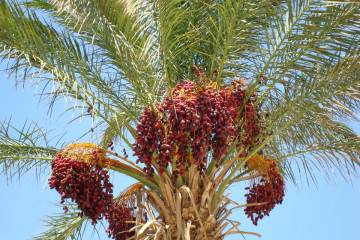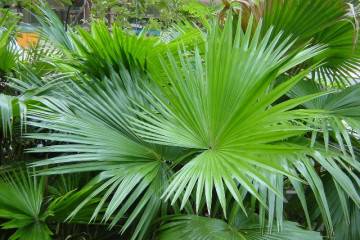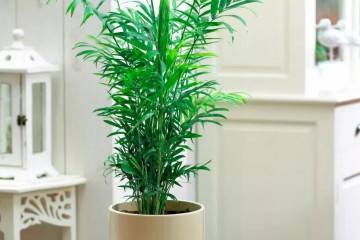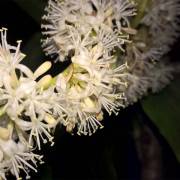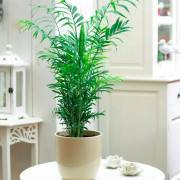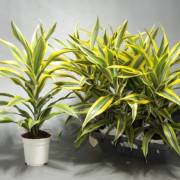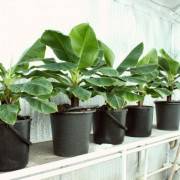Areca palm chrysalidocarpus - home care
Content:
Chrysalidocarpus Lutescens flower is a palm tree that so many people like to grow at home. Having attractive decorative qualities, the plant is able to decorate any room. It is important to understand that adherence to agrotechnical rules for caring for the areca chryses, as it is briefly called, guarantees rapid growth and a lush crown.
Popular types of palm trees areca chrysalidocarpus
Unlike the classic areca palm, it does not have a single trunk. Instead, one manages to contemplate a bush covered with a mass of leaves. According to the rules, this culture cannot be called a palm tree, despite the fact that it has a slender and dense crown, similar to palm trees.
In the wild, it grows in Madagascar, as well as in the tropics of Oceania and Asia. Today, the reed palm is grown primarily at home. Growing in an apartment, its height will never reach the levels that palm trees reach in the wild. Indoor species grow no more than 2 m.
In indoor floriculture, only three types are very popular. Each is worth familiarizing yourself with in more detail.
Chrysalidocarpus yellowish (Chrysalidocarpus lutescens)
A characteristic feature of a houseplant is an unusual color of stems with petioles, they are characterized by a yellow-green saturated color. The leaves are large, they can reach two meters in length and no more than 60 cm in width. During flowering, a brush is hidden in the axils of the inflorescence, covered with miniature yellow flowers.
Chrysalidocarpus madagascariensis (Chrysalidocarpus madagascariensis)
This species, in comparison with its fellows, is most similar to the classic palm tree. It has a treelike trunk that is noticeably widened at the base. Subject to agrotechnical rules, it is possible to contemplate the incredibly rich green leaves.
Chrysalidocarpus lutescens
Chrysalidocarpus Lutescens grows in the form of a lush bush, the trunk is absent. Oblong petioles with leaves, even in apartment conditions, can reach 1.5 m. In general, the plant can stretch up to the ceiling.
Growing chrysalidocarpus from seeds
Chrysalidocarpus Lutescens seeds can grow a healthy, strong and beautiful plant. There is another way of reproduction - by root offspring, it is enough to transplant into a separate container and start looking after it as an independent culture.
Growing a plant from seeds is carried out according to the following algorithm:
- A few days before sowing, the seeds are soaked in warm water without chlorine.
- A previously prepared soil mixture enriched with sand and peat is also poured into shallow containers.Sow into moist soil to a depth of no more than 2 cm.
- After 3-4 months, the first shoots should appear. Throughout this time, the room should be maintained at an optimal temperature, and the soil should be moistened.
Lutescens chrysalidocarpus: home care
Plants are unpretentious in care, it is enough to follow the basic rules of floriculture:
- the palm tree loves a lot of light, and not just lit places, but direct sunlight. If the room is too hot, then it is recommended to shade the crown a little and ventilate the room. Quite often, for the summer, a palm tree is taken out onto a balcony or street. In the winter months, the pot is transferred to the brightest place;
- Palm trees are moisture-loving plants, so it is important to water them regularly and in moderation. Also, some growers recommend irrigating the plant with clean warm water without chlorine. To increase humidity, you can place a container of water near the plant;
- the plant is thermophilic, the indicators of frost resistance are extremely low. At temperatures below 16 ° C, the culture will begin to wither and wither. In the summertime, the optimal temperature regime ranges from 22-25 ° С.
Even more important in the growth and development of the palm is the correct choice of soil and fertilizers. Areca thrives on fertile and light soils. Prepare it approximately as follows: mix 1 part of sand, 0.5 half of charcoal, 2 parts of sod land, 1 part of rotted manure and peat, 2 parts of humus.
Chrysalidocarpus leaves wither and turn yellow
Cases are common when the leaves on the plant turn yellow and begin to fall off. The main reasons for this phenomenon:
- stagnation of moisture in the pot provokes the formation of brown spots on the leaves;
- lack of moisture or, conversely, its excess negatively affects the condition of the reed palm;
- leaves begin to dry in excessively dry indoor air.
If you exclude these provoking factors, then the plant will quickly regain its former attractiveness.
Chrysalidocurpus diseases and pests
Like the vast majority of other plants, areca is susceptible to the development of various diseases and attacks of pests.
If, for example, black or reddish-brown spots began to form on the leaves, then treatment should be started immediately. Without taking action, all foci of the disease will merge into one continuous necrosis. The best preventive measures are sufficient illumination and the number of sprays kept to a minimum.
Of the pests, most often flower growers have to deal with whitefly, scale insects, spider mites. In case of damage, it is necessary to immediately carry out the treatment with insecticide solutions.
Areca chrysanthemum is an ornamental plant that is easy to care for and grow and can transform any room. The main thing is to follow the rules of care.
